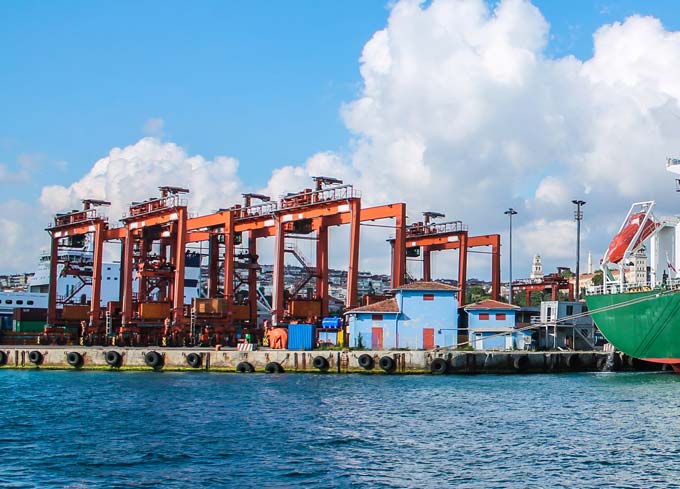 Hai Phong seaport has the largest flow of goods in northern Vietnam with modern facilities and synchronised infrastructure according to international trade
Hai Phong seaport has the largest flow of goods in northern Vietnam with modern facilities and synchronised infrastructure according to international trade| Seaports | 20ft container | 40ft container |
| Ho Chi Minh | £495.00 | £400.00 |
| Hanoi | £475.00 | £530.00 |
LCL shipping from our London office in Feltham TW14 post code to Vietnam ports
| Total Volume * | Hanoi |
| 1 CBM | £161.00 |
| 5 CBM | £398.00 |
| 10 CBM | £586.00 |
| Destination | 50 kg | 200 kg | 500 kg |
| Noi Bai International HAN | £157.00 | £307.00 | £697.00 |
| Ho Chi Minh SGN | £155.00 | £295.00 | £675.00 |
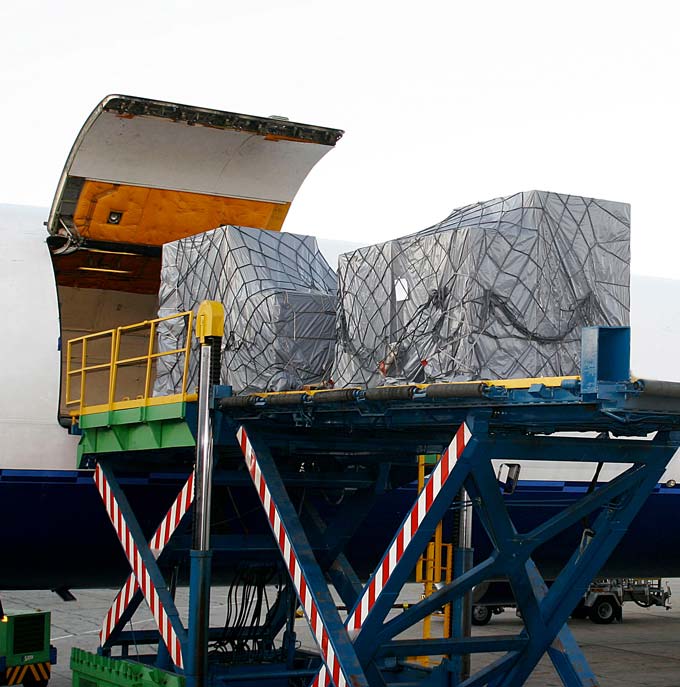
Nội Bài International Airport (IATA: HAN, ICAO: VVNB) (Vietnamese: Sân Bay Quốc Tế Nội Bài) in Hanoi, the capital of Vietnam, is the largest airport in Vietnam in terms of total capacity
| Airports | 50 kg | 200 kg | 500 kg |
| Noi Bai International - HAN | £120 | £220 | £480 |
| Ho Chi Minh - SGN | £100 | £240 | £530 |
* Documentation surcharge applies to any shipping to Vietnam.
* For an accurate price, please use our online quotation form above and provide detailed information about your shipment requirement to Vietnam.
Many factors go into the cost of shipping from Vietnam to UK, including location, size, and shipping mode: sea FCL, sea LCL, air, or express. This guide will give you pricing estimates for each shipping mode from popular ports in Vietnam to popular ports in UK.
FCL, or full container load, means your goods fill an entire container, either 20’ or 40’ long. If you are shipping at a high volume, you’ll save time and money by shipping FCL. Pricing for FCL is done as a flat rate, regardless of whether or not your container is completely full.
Learn more about FCL here.
| Shipping from Ho Chi Minh City (VNSGN Port) | Shipping from Haiphong (VNHPH Port) | Shipping from Danang (VNDAD Port) | |
|---|---|---|---|
| Shipping to Southampton (GBSOU Port) | $1,781 | $1,814 | $2,043 |
| Shipping to Felixstowe (GBFXT Port) | $1,773 | $1,867 | $2,040 |
| Shipping to London (GBLON Port) | $2,185 | $2,285 | $2,056 |
Access live instant freight quotes
LCL, or less than a container load, means your goods do not fill an entire container, and will be shipped along with other boxes or pallets. Note that when you ship LCL, your goods will need to be consolidated at the origin port and deconsolidated at the destination port.
That’s why LCL shipping takes a few days longer than FCL.
| Shipping from Ho Chi Minh City | Shipping from Haiphong | Shipping from Danang | |
|---|---|---|---|
| Shipping to Southampton | $806 | $806 | $806 |
| Shipping to Felixstowe | $806 | $806 | $806 |
| Shipping to London | $806 | $806 | $806 |
| Shipping from Ho Chi Minh City | Shipping from Haiphong | Shipping from Danang | |
|---|---|---|---|
| Shipping to Southampton | $1,454 | $1,563 | $1,563 |
| Shipping to Felixstowe | $1,450 | $1,563 | $1,563 |
| Shipping to London | $1,438 | $1,547 | $1,547 |
Shipping by air is generally faster but more expensive than shipping by ocean, so the mode you choose will depend on the size and weight of your shipment, and how quickly you need it to arrive at destination.
For help choosing which mode is right for your shipment, use our air vs. ocean comparison calculator.
When you’re shipping air, the price per kg decreases the larger your shipment’s weight:
| Chargeable weight | 100 kg | 300 kg |
|---|---|---|
| Price per kg | $10.50 | $6.42 |
How long will it take to ship from Vietnam to UK? Your shipment’s transit time will be impacted by location, shipment size, and season. Use the following table for timing estimates for each shipping mode from Vietnam to UK.
| Port to Port | Door to Door | |
|---|---|---|
| Sea Freight (FCL) | 30-35 days | 58-62 days |
| Sea Freight (LCL) | 30-35 days | 59-64 days |
| Air Freight | 3-5 days | 6-14 days |
| Express* | –– | 1-4 days |
International freight quote calculator & freight rate estimates for shipping goods by ocean, air, and truck
Get an estimate from the world’s largest database of freight rates with our freight calculator and then
join Freightos.com to compare, book, and manage your upcoming shipments.
Just click the button to access live freight quotes from global logistics providers.
When you’re shipping from Vietnam to the UK, you can choose from one of four modes: FCL sea freight, LCL sea freight, air freight, or express. Here are key factors for each mode:
If you’re importing small goods, like a new product sample, freight shipping is overkill. It will cost you more and take you longer. You’re safer falling back on:
LCL, or less than a container load, means your goods do not fill an entire container, and will be shipped along with other boxes or pallets. Note that when you ship LCL, your goods will need to be consolidated at the origin port and deconsolidated at the destination port. That’s why LCL shipping takes a few days longer than FCL.
Shipping by air is generally faster but more expensive than shipping by sea. For help choosing which mode is right for your shipment, use our air vs. ocean comparison calculator.
Ready to book your next shipment?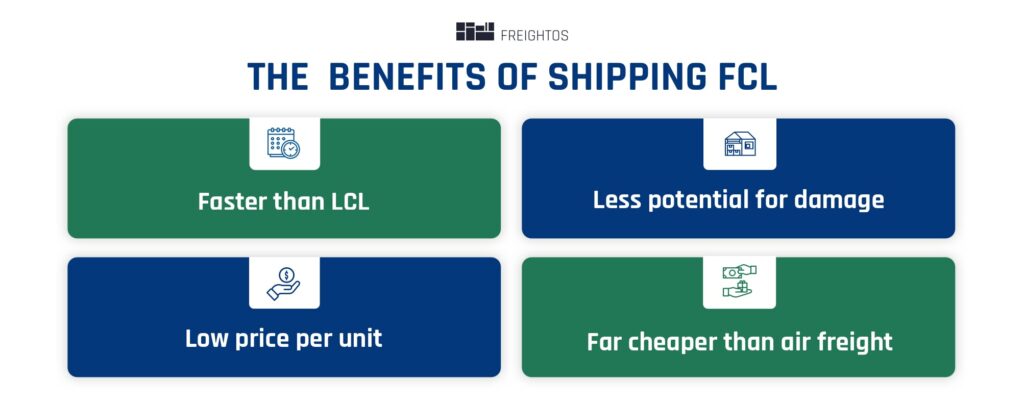
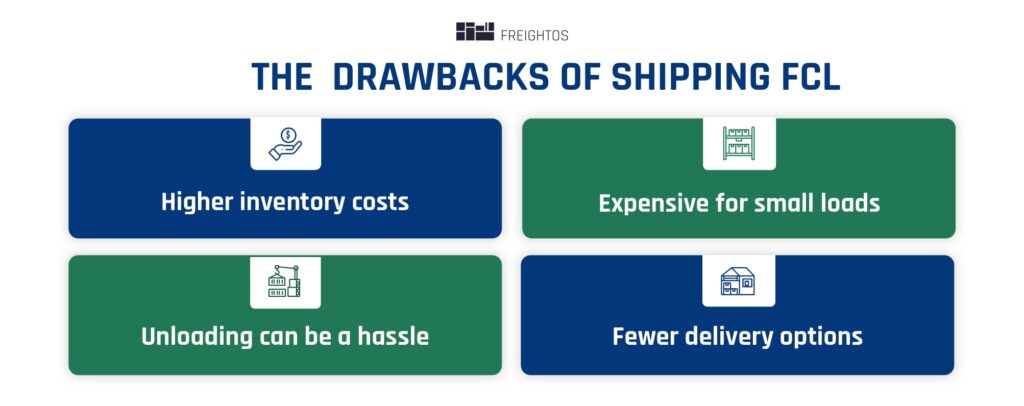
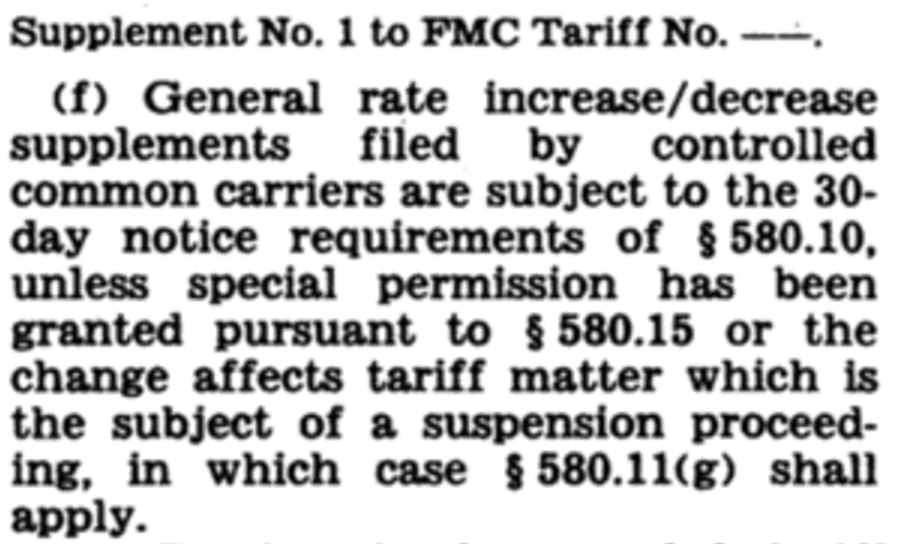
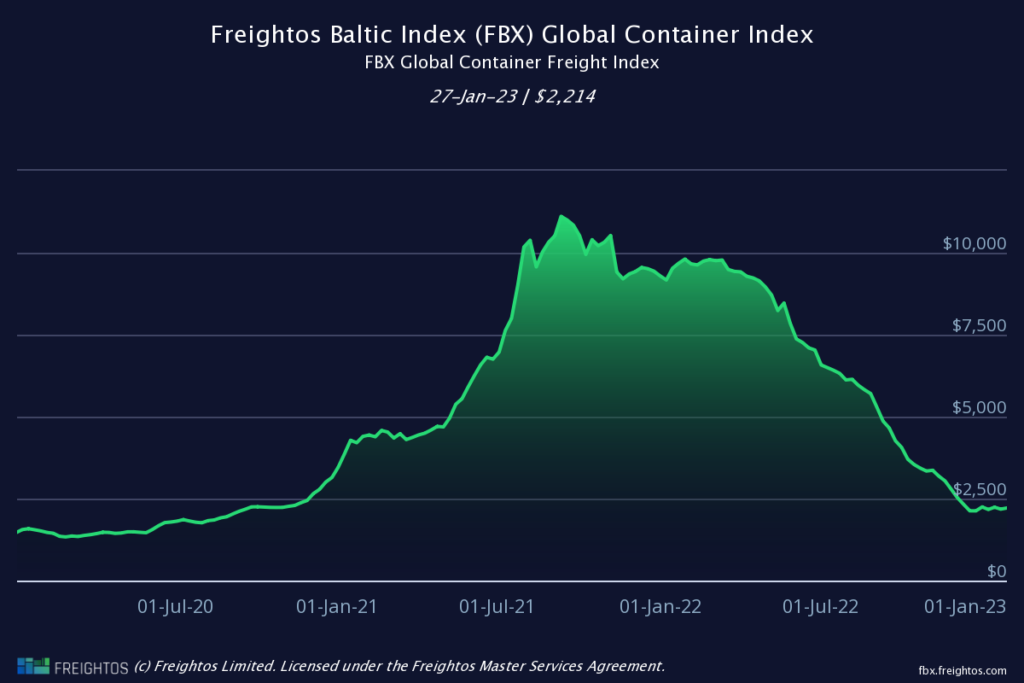

October 1 - 7: China Mainland Golden Week - limited manpower on duty.
November 20 - January 6: North American Air Freight: Delivery time commitments for all eligible UPS® North American Air Freight shipments picked up between November 20, 2023 – January 6, 2024 will be changed to be delivered by the end of day for the service selected.


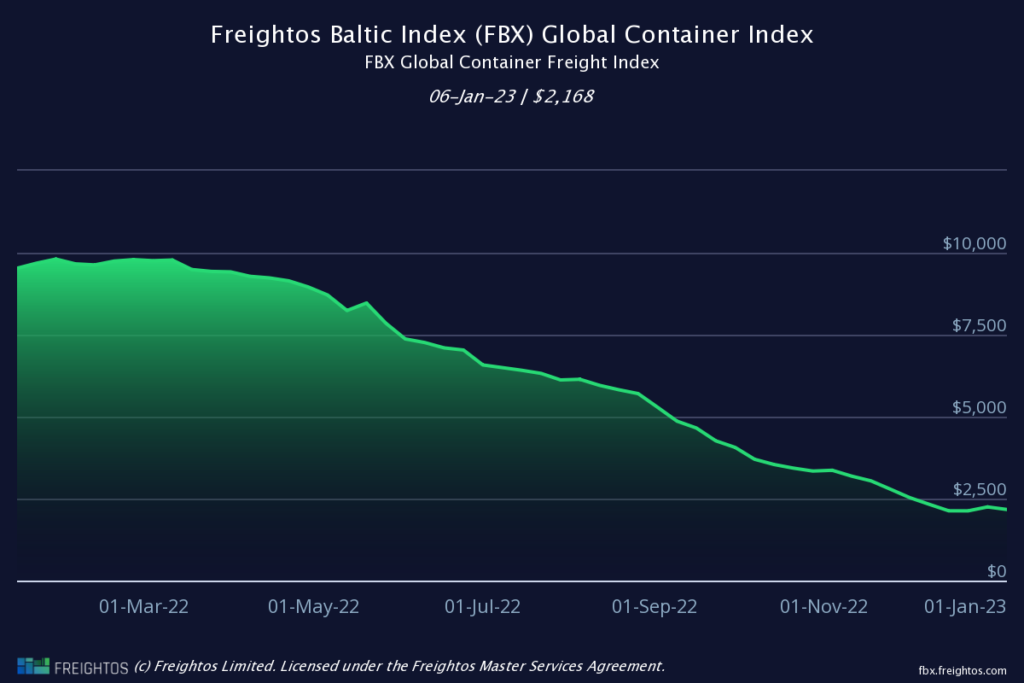
If you’re shipping to an Amazon FBA warehouse, make sure to account for a few things to minimize costs:
Labeling and palletization
Amazon has very strict requirements for packages that arrive at their warehouses. Your first step: make sure you know these requirements well. Next, decide on the most optimal way for your shipment to be labeled and palletized. You’ll want to have labeling done at the factory whenever possible.
As for palletizing, in many cases, it’s cheaper and more efficient to have your supplier palletize at the factory as long as your supplier knows the requirements. On the other hand, some shippers prefer to maximize container space by floor-loading their goods, and then palletizing after arrival at the destination port. Additionally, for FBA shipments to the US, there is a floor-loaded delivery option, which is much cheaper and less risky in terms of cargo damage than palletizing at destination.
You can price out these options in advance to decide what’s best for you.
Delivery
When you deliver a container to a US factory, Amazon requires you to schedule an appointment. The wait time for an appointment for a full container is typically longer than the wait time for LCL, which can end up costing you in demurrage and detention fees (see below for details on that). To avoid these fees, work with your forwarder to schedule your appointment well in advance. Also note that in some FBA warehouses in Europe, there is no option to deliver FCL shipments so it might be necessary to ship LCL. Additionally, some US FBA centers, especially in the Midwest, have difficulty handling FCL deliveries.
Anytime you ship to the US, you’ll need a Customs Bond. If you ship infrequently, you can opt for a single-entry bond. If you ship at higher volumes, consider an annual bond.
Sometimes shippers can be caught off-guard by how much customs and taxes add to their total costs, so make sure to plan ahead. This is especially true if you are shipping from China and possibly subject to the tariffs implemented in the past several years.
You can estimate your customs costs using our free Import Duty calculator.
When your container arrives, there will be a period of time, usually four days in the US, when it can wait at the port free of charge. After this time, you will be charged a fee known as demurrage until you pick up your container. Demurrage charges vary by country, and in the US can turn into hundreds of dollars pretty quickly. Make sure your forwarder clears customs and collects the container from the port in a timely fashion.
Similarly, once your goods are picked up, you have a window of time until the container must be returned to the port, usually four days as well. After this, detention charges kick in, and like demurrage, they can add up fast.
There are also waiting time fees to consider. Typically, trucking companies allow 1-2 hours for the driver to wait for your container to be unloaded at the warehouse, and then charge additional fees by the hour.
If you ship to a popular port, you may end up with a congestion surcharge. That’s something to check with your freight forwarder when deciding on your destination port.
If you’re shipping FOB, make sure to specify your origin port with your seller.
Shippers sometimes try to book FOB while providing only the origin country, and not the specific port – but prices can vary depending on your port. Specifying makes it more likely your price quote will be accurate.
Book well in advance of your pickup date.
As carrier space fills up, finding the best price becomes increasingly harder. Booking in advance gives you the best chance of getting the best price. Extra lead time is especially important during peak season.
Know your shipment’s precise weight.
If you know your shipment’s weight, you and your forwarder can determine what containers and equipment you’ll need, both for the sea journey and the inland trip to your factory. This is especially important because weight limits for sea vessels are not the same as weight limits for rail and trucking. The US, in particular, has tighter weight restrictions on inland trucking weights than Europe, and if you don’t plan for this, you might get hit with extra charges for special equipment.
Get important delivery information from your warehouse.
More specifically, find out:
Avoid shipping during peak season.
Prices go up, supply gets tight, and it’s harder to get your goods on time. Plan in advance as much as you can.

What is the procedure for delivery and unloading at my warehouse?
There are two types of warehouse deliveries: live and drop.
In a live unload, the container is unloaded while the driver waits. As we said above, there are usually 1-2 free hours allowed for a live unload.
Sometimes, when a warehouse is particularly busy, or lacks the necessary equipment to do a fast unload, you’ll want to do a drop. This means the driver drops the container off and picks it up again when unloading is complete, usually a day or two later.
Drop tends to be more expensive than live since it requires two trips by the driver. On the other hand, if you’re likely to have waiting time charges, drop could be the more affordable option. And sometimes, if the warehouse simply cannot unload the same day, drop is the only option.
For shippers who ship frequently enough, a drop-and-pick option might be a good one: drop off one container and pick up another, from a different shipment.
What paperwork will I need for my FCL shipment?
For the rundown on all the paperwork you’ll need to ship FCL, check out our key freight documents guide.
How long does FCL shipping take?
Shipping by FCL generally takes around 3-6 weeks, depending on your origin and destination.
Occasionally, shipments can get “rolled,” which means the container doesn’t get loaded onto the ship it was supposed to travel on, usually due to overbooked capacity.
To prevent rolled shipments to the extent possible, book in advance and make sure all your paperwork is in order.
Should I get a tender for FCL shipping?
If you ship more than 500 TEUs per year, it might be worth considering a tender, or annual shipping contract. To learn if tenders are right for you, check out our Guide to Shipping Contracts.
Is FCL right for me?
If you’re not sure if FCL is right for your shipping needs, or are debating between LCL or FCL, check out our Guide to LCL Shipping. We’ll run you through making the best decision for your shipment.
Here are container dimensions for the two standard container sizes, 20′ and 40′:
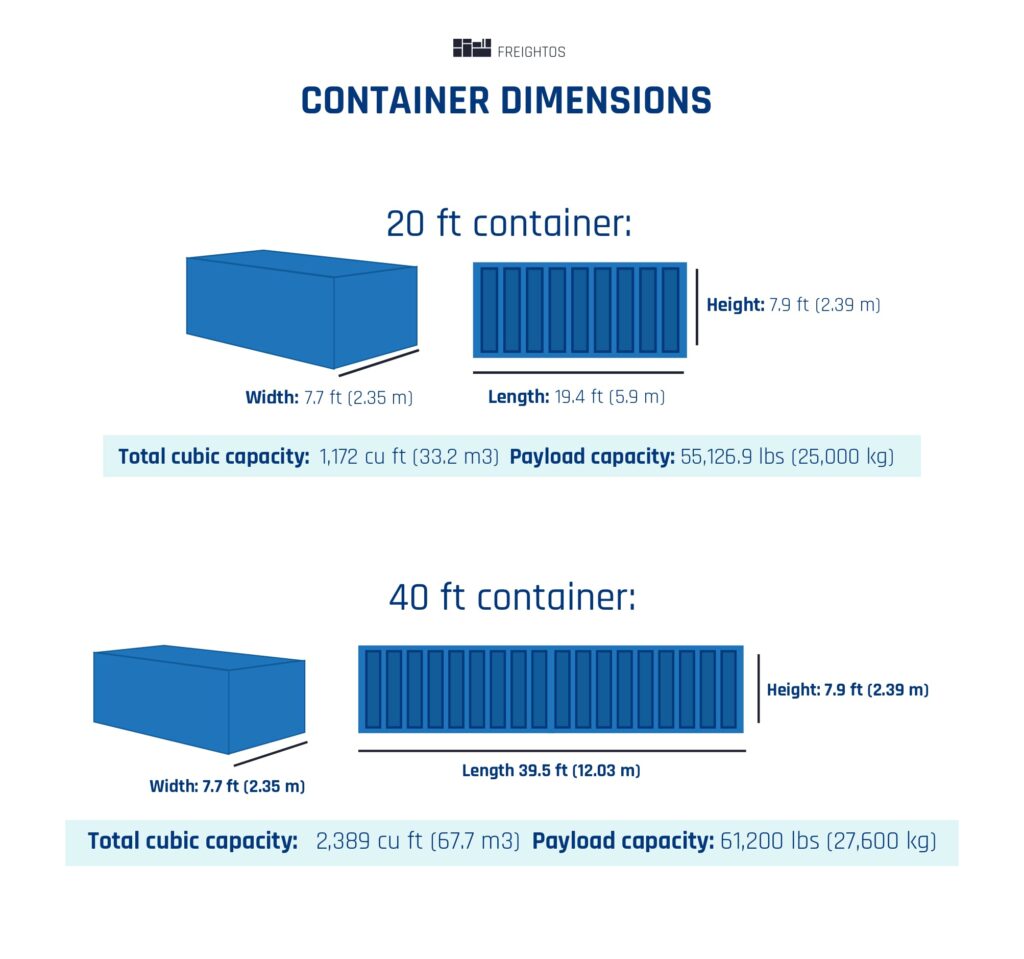
For internal dimensions, head on over to our Container Shipping Cost Calculator page. While you’re there, you can calculate your estimated shipping costs.
1 TEU & FEU
A TEU is another name for a 20ft container– it stands for a twenty-foot equivalent unit.
A FEU is another name for a 40ft container– it stands for a forty-foot equivalent unit.